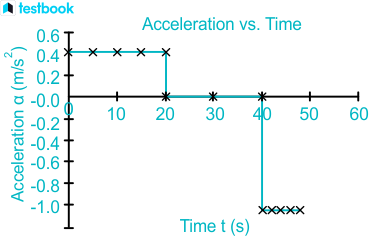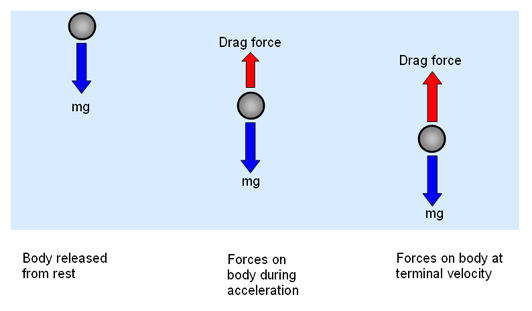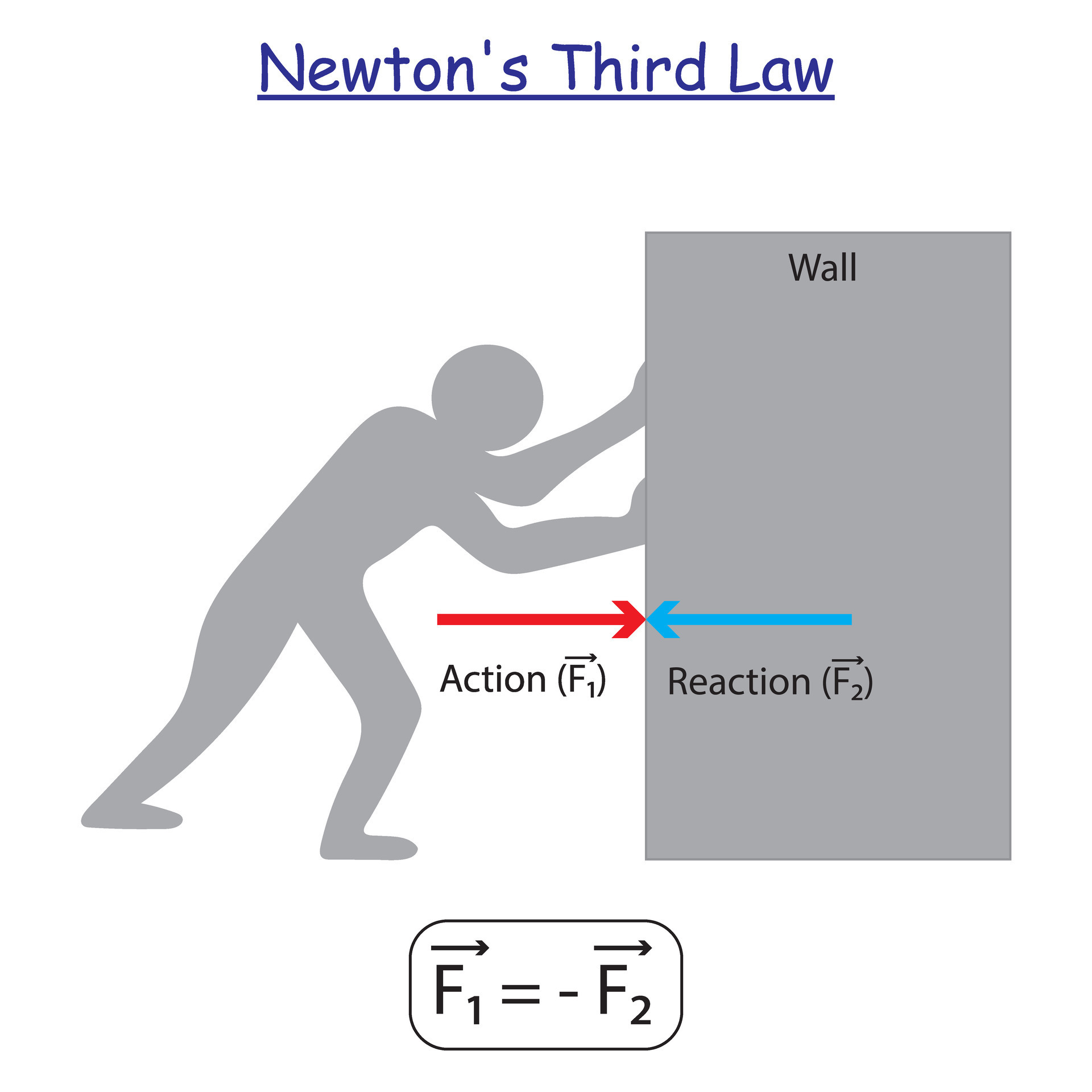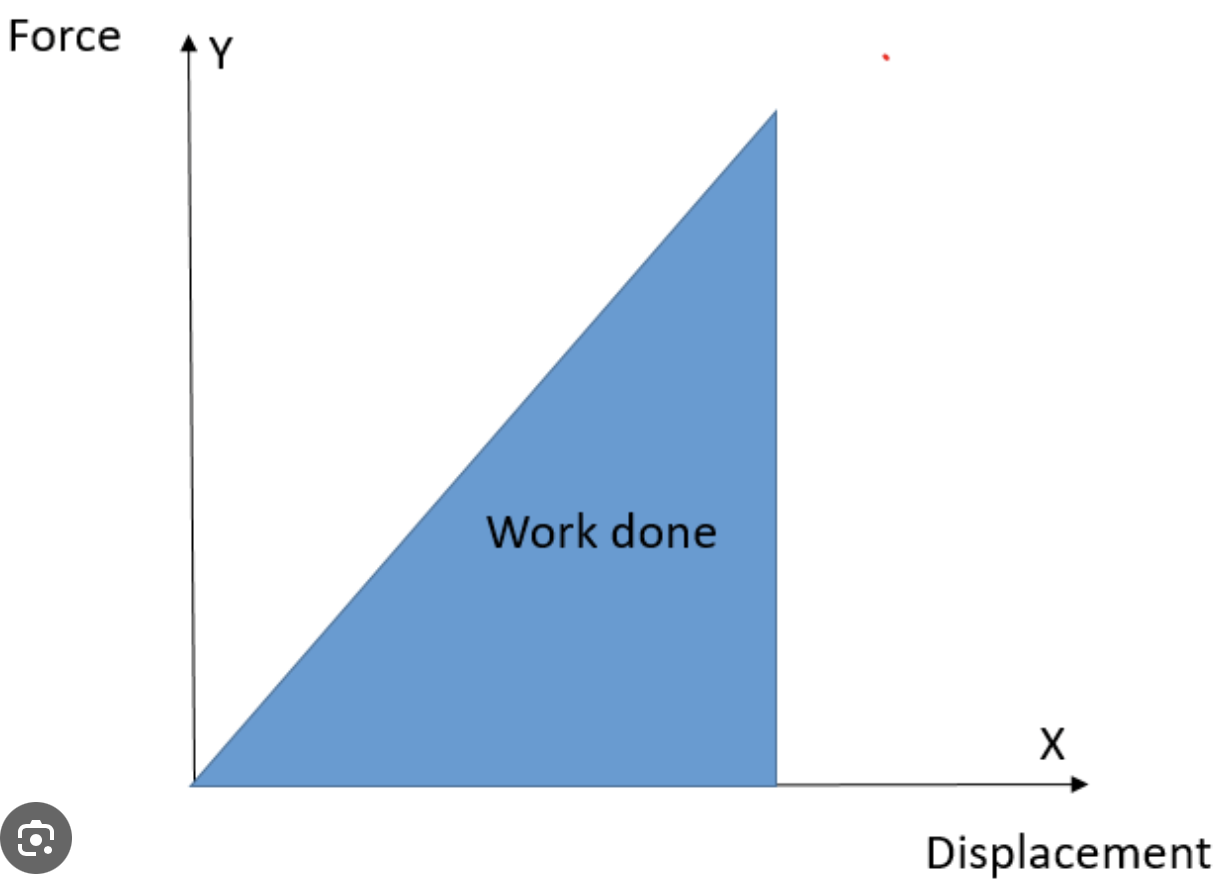unit 2: mechanics
1/29
Earn XP
Description and Tags
Name | Mastery | Learn | Test | Matching | Spaced |
|---|
No study sessions yet.
30 Terms
how is acceleration defined? what does this mean?
acceleration is a change in velocity
acceleration occurs whenever an object changes motion
as velocity is a vector, acceleration occurs when an object changes direction
how do average and instantaneous speed differ?
average speed = total distance / total time
instantaneous speed is how fast an object is moving at a particular point in time
generally we talk about average speed not instantaneous speed
using frames of reference to understand relative velocity
the velocity of an object in relation to another object or observer
by choosing a specific frame, we can measure the velocity of one object with respect to another
from a car moving at 50 km/h the relative velocity of a car moving 60 km/h is +10km/h
Displacement-Time Graphs
The y-axis represents displacement, while the x-axis represents time. The slope of the graph indicates the object's velocity. A flat line represents zero velocity, a positive slope indicates constant forward motion, and a negative slope indicates constant backward motion.

velocity-time graphs
Graph that shows how an object's velocity changes over time. Steeper slope = acceleration. Flat line = constant speed. Negative slope = moving backwards. Area under the curve represents displacement.

acceleration-time graphs
The slope of the graph indicates the object's acceleration. A steeper slope represents a higher acceleration, while a flatter slope indicates a lower acceleration. The area under the graph represents the object's change in velocity.

terminal velocity
maximum velocity that an object can reach when falling through a fluid
occurs when the force of gravity pulling the object downward is balanced by the drag force exerted by the fluid
at terminal velocity, the object no longer accelerates and falls at a constant speed
the value of terminal velocity depends on the object's mass, shape, and the density of the fluid it is falling through.

acceleration of a falling object
called free-fall when the effects of air resistance are ignored
all objects in free-fall have the same acceleration independent of their mass
this is acceleration due to gravity, it can be defined as positive or negative depending on whether up or down is defined as positive
horizontal and vertical components of projectile motion
horizontal motion is unaffected by gravity and remains constant
vertical motion is affected by gravity, following a parabolic path. It accelerates upwards until reaching maximum height, then accelerates downwards again
projectile motion
projectile motion refers to the motion of an object that is launched into the air and moves under the influence of gravity
the only force acting on the object is gravity
impact of fluid resistance on parabolic motion
the magnitude of the drag force depends on…
the relative velocities of the object and fluid
the object’s shape + size (whether it is aerodynamic)
the viscosity of the fluid
with fluid resistance a projectile following a parabolic path…
does not goes as high
does not go as far
follows an asymmetrical path — the gradient is steeper when the projectile moves downwards
force
the cause of a deformation or change in velocity
a force…
has a magnitude
has a direction
acts on an object
is exerted by an object
free body diagrams
used to show forces
a longer arrow corresponds with a larger force
the direction of an arrow is the direction of the force
arrows should be labelled with the type of force

Newton's first law
An object at rest stays at rest, and an object in motion stays in motion with the same speed and direction, unless acted upon by an external force.
a resultant force causes acceleration
when the net force is zero the object is in equilibrium
Newton's second law
the resultant force of an object is proportional to the rate of change of momentum
using SI units: the resultant force is equal to the rate of change of momentum
Newton’s third law
for every action by one object there is an equal but opposite reaction by another object
the forces must be the same type
the objects will accelerate differently when they have different masses

the difference between mass and weight
mass refers to the amount of matter in an object, measured in kilograms (kg), and remains constant regardless of the object's location
weight, on the other hand, is the force exerted by an object due to gravity, measured in newtons (N), and can vary based on the strength of the gravitational field
friction and types of friction
friction = the force that opposes the relative motion of two surfaces
static friction = both objects are at rest
dynamic/kinetic friction = at least one of the surfaces is moving
coefficient of friction
the maximum frictional force and normal force are proportion
the coefficient of of friction is the ratio between the friction and normal forces
it is less than 1 unless the surfaces are stuck together
when is work done?
when a force moves its point of application to the direction of the force
the force and displacement are in the same direction
the area under the curve on a force-displacement graph

conservation of energy
energy cannot be created or destroyed, only transferred or transformed from one form to another
total energy contained within a system is constant
link between energy and work
the amount of energy transferred is equal to the amount of work done
energy is a measure of the amount of work done
power
the rate at which energy is transferred
if an object is moving at a constant velocity against a frictional force the power it needs is P=Fv
efficiency
energy transferred can be considered useful or not useful
ratio of useful energy to total energy
equal to the useful work/energy/power OUT / total work/energy/power IN
linear momentum
product of mass and velcoity
always a vector
impulse
change in the momentum of an object
conservation of momentum
provided there is no external force the total linear momentum of a system of interacting particles remains constant
elastic collision
no mechanical energy is lost
momentum is conserved
an object of velocity v collides with an object at rest, the first object becomes at rest and the second moves at exactly v
does not happen in reality

inelastic collision
some mechanical energy is lost
momentum is conserved
both objects have a new velocity after colliding but are not stuck together

totally inelastic collision
momentum is conserved
a large amount of mechanical energy is lost
the objects stick together so their relative velocity of separation is zero
